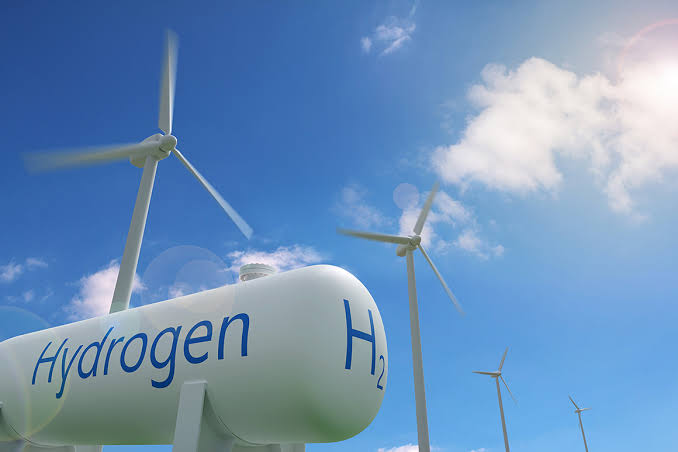380
In the pursuit of sustainable energy solutions, green hydrogen has emerged as a promising alternative. However, as experts gathered to discuss its potential at a recent forum, it became evident that significant challenges lie ahead in building the necessary infrastructure.
Key speakers at the event outlined the hurdles facing the widespread adoption of green hydrogen technology. These challenges include the high cost of production, limited infrastructure, and the need for supportive policies and regulations. Despite its potential to decarbonize various sectors, including transportation and industry, the transition to green hydrogen faces formidable obstacles.
One of the primary challenges highlighted by speakers is the cost of producing green hydrogen. While advancements in electrolysis technology have driven down costs, achieving cost competitiveness with conventional hydrogen production methods remains a hurdle. Investments in research and development, as well as scaling up production, are essential to driving down costs further and making green hydrogen economically viable.
Infrastructure also poses a significant challenge to the widespread adoption of green hydrogen. The production, storage, and distribution of hydrogen require extensive infrastructure, including electrolyzers, hydrogen storage facilities, and transportation networks. Building this infrastructure requires substantial investment and coordination among stakeholders.
Moreover, supportive policies and regulations are crucial to overcoming barriers to green hydrogen adoption. Speakers emphasized the need for governments to implement policies that incentivize investment in green hydrogen projects and create a favorable regulatory environment. These policies may include financial incentives, carbon pricing mechanisms, and mandates for renewable hydrogen usage.
Despite these challenges, speakers expressed optimism about the potential of green hydrogen to play a significant role in the transition to a low-carbon economy. As advancements continue and costs decline, green hydrogen has the potential to become a cornerstone of global efforts to combat climate change and achieve sustainable development goals.
In conclusion, while challenges remain, the path forward for green hydrogen is paved with opportunities. By addressing cost, infrastructure, and policy barriers, stakeholders can unlock the full potential of this clean energy source and pave the way for a more sustainable future.
Source: Engineering NEws
Key speakers at the event outlined the hurdles facing the widespread adoption of green hydrogen technology. These challenges include the high cost of production, limited infrastructure, and the need for supportive policies and regulations. Despite its potential to decarbonize various sectors, including transportation and industry, the transition to green hydrogen faces formidable obstacles.
One of the primary challenges highlighted by speakers is the cost of producing green hydrogen. While advancements in electrolysis technology have driven down costs, achieving cost competitiveness with conventional hydrogen production methods remains a hurdle. Investments in research and development, as well as scaling up production, are essential to driving down costs further and making green hydrogen economically viable.
Infrastructure also poses a significant challenge to the widespread adoption of green hydrogen. The production, storage, and distribution of hydrogen require extensive infrastructure, including electrolyzers, hydrogen storage facilities, and transportation networks. Building this infrastructure requires substantial investment and coordination among stakeholders.
Moreover, supportive policies and regulations are crucial to overcoming barriers to green hydrogen adoption. Speakers emphasized the need for governments to implement policies that incentivize investment in green hydrogen projects and create a favorable regulatory environment. These policies may include financial incentives, carbon pricing mechanisms, and mandates for renewable hydrogen usage.
Despite these challenges, speakers expressed optimism about the potential of green hydrogen to play a significant role in the transition to a low-carbon economy. As advancements continue and costs decline, green hydrogen has the potential to become a cornerstone of global efforts to combat climate change and achieve sustainable development goals.
In conclusion, while challenges remain, the path forward for green hydrogen is paved with opportunities. By addressing cost, infrastructure, and policy barriers, stakeholders can unlock the full potential of this clean energy source and pave the way for a more sustainable future.
Source: Engineering NEws



